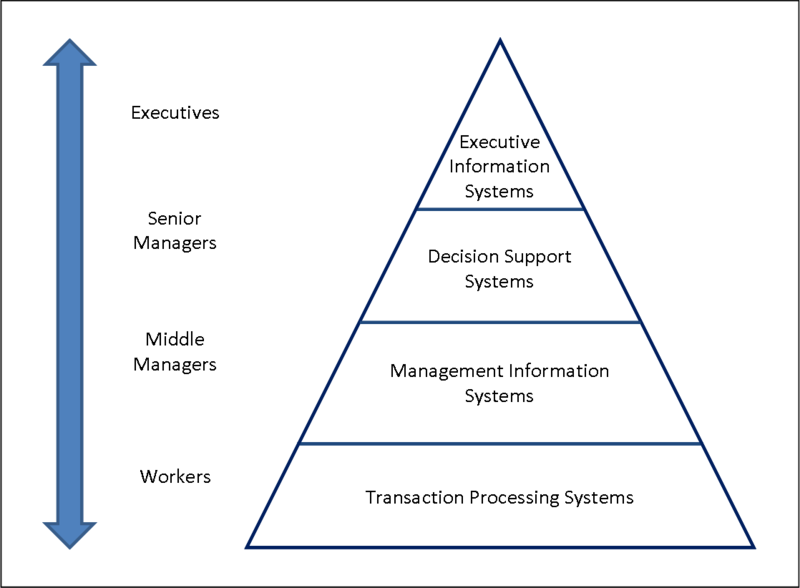An information system is any organized system for the collection, organization, storage and communication of information. Such a system may be as simple as a card catalog system on a desk, a Rolodex, a desktop calendar, or a Daydreamer. Or, it may be as complicated as a multi-node computer database system used to manage vast quantities of related information.
The components of the information system:
- Hardware: The term hardware refers to machinery. This category includes the computer itself, which is often referred to as the central processing unit (CPU), and all of its support equipments.
- Software: The term software refers to computer programs and the manuals (if any) that support them.
- Data: Data are facts that are used by programs to produce useful information. Like programs, data are generally stored in machine-readable form on disk or tape until the computer needs them.
- Procedures: Procedures are the policies that govern the operation of a computer system. "Procedures are to people what software is to hardware" is a common analogy that is used to illustrate the role of procedures in a system.
- People: Every system needs people if it is to be useful. Often the most over-looked element of the system are the people, probably the component that most influence the success or failure of information systems.
- Feedback: it is another component of the IS, that defines that an IS may be provided with a feedback (Although this component isn't necessary to function).
Types of the information systems:
A computer(-based) information system is essentially an IS using computer technology to carry out some or all of its planned tasks. The basic components of computer based information system are:
- Hardware: these are the devices like the monitor, processor, printer and keyboard, all of which work together to accept, process, show data and information.
- Software: are the programs that allow the hardware to process the data.
- Databases: are the gathering of associated files or tables containing related data.
- Networks: are a connecting system that allows diverse computers to distribute resources.
- Procedures: are the commands for combining the components above to process information and produce the preferred output.
System development is done in stages which include:
- Problem recognition and specification
- Information gathering
- Requirements specification for the new system
- System design
- System construction
- System implementation
- Review and maintenance.
Some examples of the information systems:
- data warehouse
- enterprise recourse planning
- enterprise systems
- expert systems
- search engines
- graphic information system
- global information system
- office automation
Work areas of the information systems:
- IS strategy
- IS management
- IS development
- IS iteration
- IS organization


ليست هناك تعليقات:
إرسال تعليق